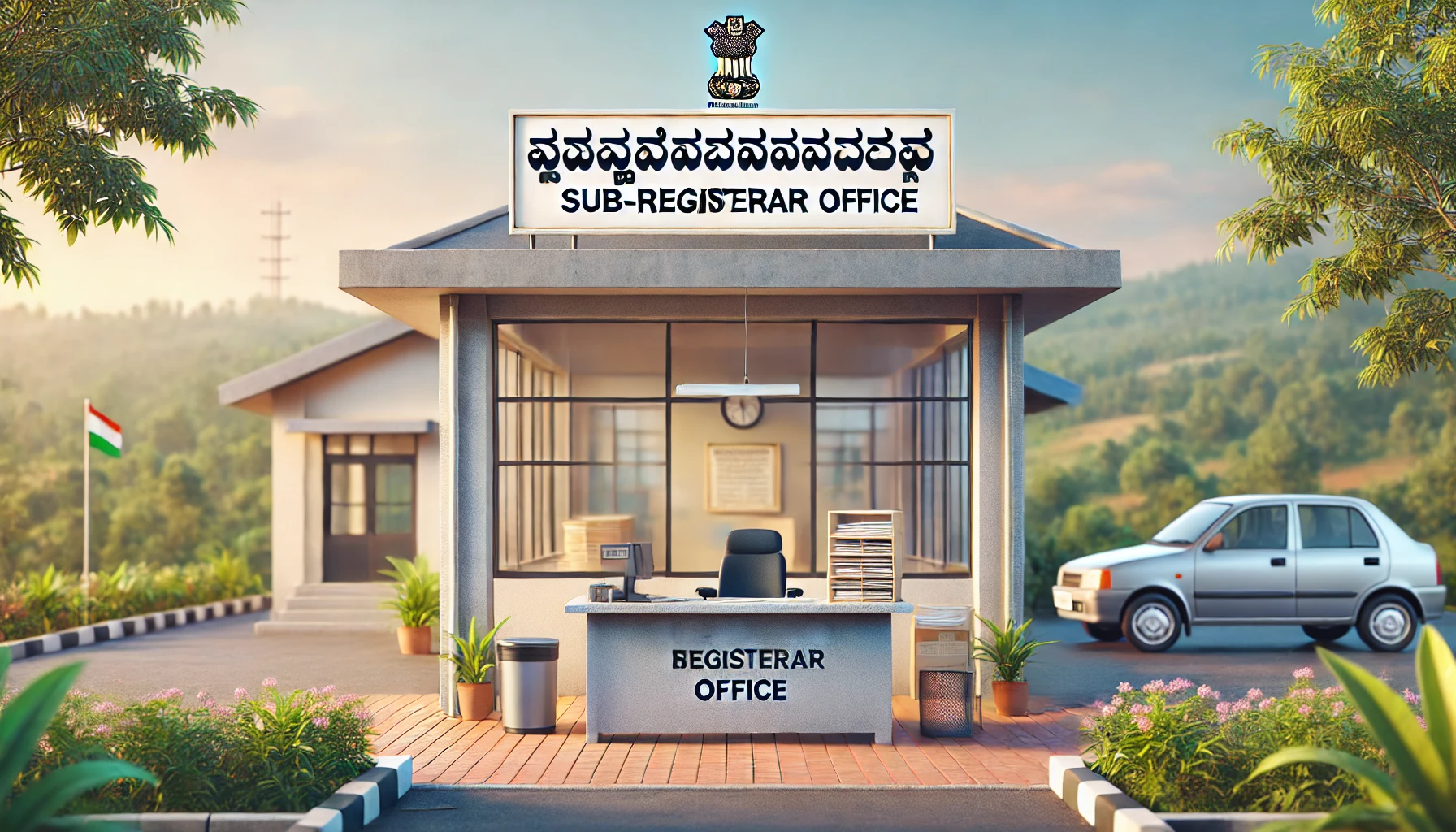Jantri rates play a crucial role in real estate transactions in Gujarat, influencing property valuations and stamp duty calculations. These rates are periodically fixed by the Gujarat government, reflecting the market value of land and buildings. Understanding Jantri rates helps buyers, sellers, and investors make informed decisions regarding property purchases.
The Jantri Rate Management System provides access to updated rates, ensuring that stakeholders remain well-informed. Property owners are particularly impacted, as changes in these rates can affect the valuation of their assets and the taxes they owe. For those navigating the real estate market in Gujarat, staying updated on Jantri rates is essential for financial planning and asset management.
Key Takeaways
- Jantri rates determine the market value of properties in Gujarat.
- These rates are revised periodically by the government.
- Understanding these rates is vital for real estate transactions and tax assessments.
Overview of Jantri Rates
Jantri rates play a crucial role in property valuation and real estate transactions in Gujarat. These rates, determined by the government, influence stamp duty obligations and property pricing.
Historical Perspective of Jantri Rates
Jantri rates were introduced in Gujarat to create a standardized method for assessing property values. Initially, these rates were established to ensure equitable taxation and prevent undervaluation during property transactions.
Over the years, Jantri rates have undergone numerous revisions to reflect market dynamics. Specific cities like Vadodara and Surat have experienced notable increases, sometimes exceeding 50%. These adjustments respond to market trends and aim to prevent tax evasion while ensuring fair revenue for the state.
The significance of Jantri rates extends beyond taxation, impacting local economies and real estate development. Understanding their historical changes provides valuable insight into the current property landscape in Gujarat.
Legal Framework Governing Jantri Rates
The legal framework for Jantri rates is anchored in various regulations established by the Government of Gujarat. The primary legislation guiding these rates includes provisions under the Registration Act and the Stamp Act.
These laws mandate the assessment and revision of Jantri rates, ensuring transparency and accountability in property transactions. Additionally, local authorities are responsible for implementing these regulations effectively.
Regular reviews of Jantri rates align with changing land values and economic conditions. The state government conducts these assessments periodically to reflect current market trends.
This legal structure underscores the importance of compliance and clarity in real estate transactions, supporting both buyers and sellers in navigating the market efficiently.
Determination and Revision of Jantri Rates
Jantri rates in Gujarat are established through a systematic approach that considers various factors affecting land valuation. Understanding this methodology and the cycle of revisions is crucial for property buyers and investors.
Methodology for Setting Jantri Rates
The methodology for determining Jantri rates involves several key components. The government examines market trends, land use classifications, and potential income generated from properties.
Factors considered include:
- Location: Urban versus rural settings see varying rates.
- Use Type: Residential, commercial, or agricultural designations affect valuations.
- Market Demand: Current demand and supply dynamics influence rates.
Experts and professionals from the Revenue Department gather data from various sources, including previous sales data. This comprehensive approach aims to reflect equitable values that are beneficial for taxation and registration purposes.
Periodic Review and Update Cycle
Jantri rates undergo regular revisions to ensure accuracy and relevance. Typically, these rates are reviewed every 2-3 years based on economic conditions and market changes.
The last significant revision occurred in February 2023, effectively doubling some rates. Future adjustments are anticipated, with discussions indicating an additional revision in November 2024, potentially increasing rates by 1.5 times.
Public feedback is invited during the revision process, allowing citizens to participate in shaping rates. This ensures transparency and fairness in property valuations. Regular updates help maintain alignment between market realities and governmental policies.
Implications and Uses of Jantri Rates
Jantri rates serve as a crucial benchmark in Gujarat’s real estate landscape, influencing various aspects of property transactions and assessments. Their implications extend beyond mere valuation, affecting finances and compliance for property stakeholders.
Impact on Real Estate Market
Jantri rates directly influence property pricing in Gujarat. When these rates are adjusted, they can affect buyer and seller expectations. If the rates increase, buyers may anticipate higher prices for similar properties, while sellers might adjust their listings accordingly.
Additionally, lower Jantri rates can stimulate the market by making properties more affordable. This creates opportunities for buyers to invest without excessive financial burden. Such fluctuations can also lead to increased activity in the real estate sector, as stakeholders respond to changes in valuation dynamics.
Role in Property Valuation for Transactions
In property transactions, Jantri rates play an essential role in determining the fair market value of a property. Buyers and sellers often rely on these rates to set realistic expectations for pricing. The rates provide a standardized method for assessing property value, thus enabling informed negotiations.
Moreover, accurate Jantri rates help prevent disputes during the transaction process. They serve as a reference point for stamp duty and registration fees, ensuring all parties understand their financial obligations. This transparency promotes trust in transactions and leads to smoother property exchanges.
Influence on Property Tax Assessment
Jantri rates also significantly influence property tax assessments in Gujarat. Local authorities use these rates to determine the tax liability for property owners. A higher Jantri rate typically results in an increased property tax bill, while a lower rate can lessen the tax burden.
This correlation means property owners must stay informed about changes in Jantri rates to better manage their financial responsibilities. Understanding how these rates affect tax assessments can help property owners plan their budgets effectively and ensure compliance with local tax regulations. By knowing the latest Jantri rates, they can mitigate unexpected financial impacts.
Frequently Asked Questions
This section addresses common inquiries related to Jantri rates in Gujarat, offering insights into calculation methods, online access, and the meaning behind Jantri in the context of real estate.
How can one calculate property value using Jantri rates in Gujarat?
To calculate property value using Jantri rates, one must first identify the applicable Jantri rate for the property’s location. The value is then determined by multiplying the Jantri rate by the area of the property, typically measured in square meters or square feet.
What steps should be followed to check Jantri rates online for Gujarat?
To check Jantri rates online, a person should visit the official Gujarat Revenue Department website. They need to navigate to the ‘Jantri rate’ section, select their district and relevant area, and enter the property details to view or download the current rates.
What is the meaning of ‘Jantri’ in the context of Gujarati real estate?
In Gujarati real estate, ‘Jantri’ refers to the government-determined rates for land valuation, which are used for calculating stamp duty and registration fees. These rates play a significant role in property transactions.
How to differentiate between Jantri rates and market value of a property?
Jantri rates are the official rates set by the government, while market value represents the price a property can fetch in the open market. Market value can fluctuate based on demand, property conditions, and other economic factors, whereas Jantri rates are fixed periodically.
Can you explain the process for calculating Jantri rates in Gujarat?
Jantri rates are calculated based on various factors, including location, property type, and usage. Local authorities analyze market trends and property transactions to establish these rates, ensuring they reflect current market conditions.
Where can one find the historical Jantri rates for properties in Gujarat?
Historical Jantri rates can typically be accessed through the Gujarat Revenue Department’s official website or archived documents. These resources provide past rates, allowing individuals to track changes over time for specific locations.


